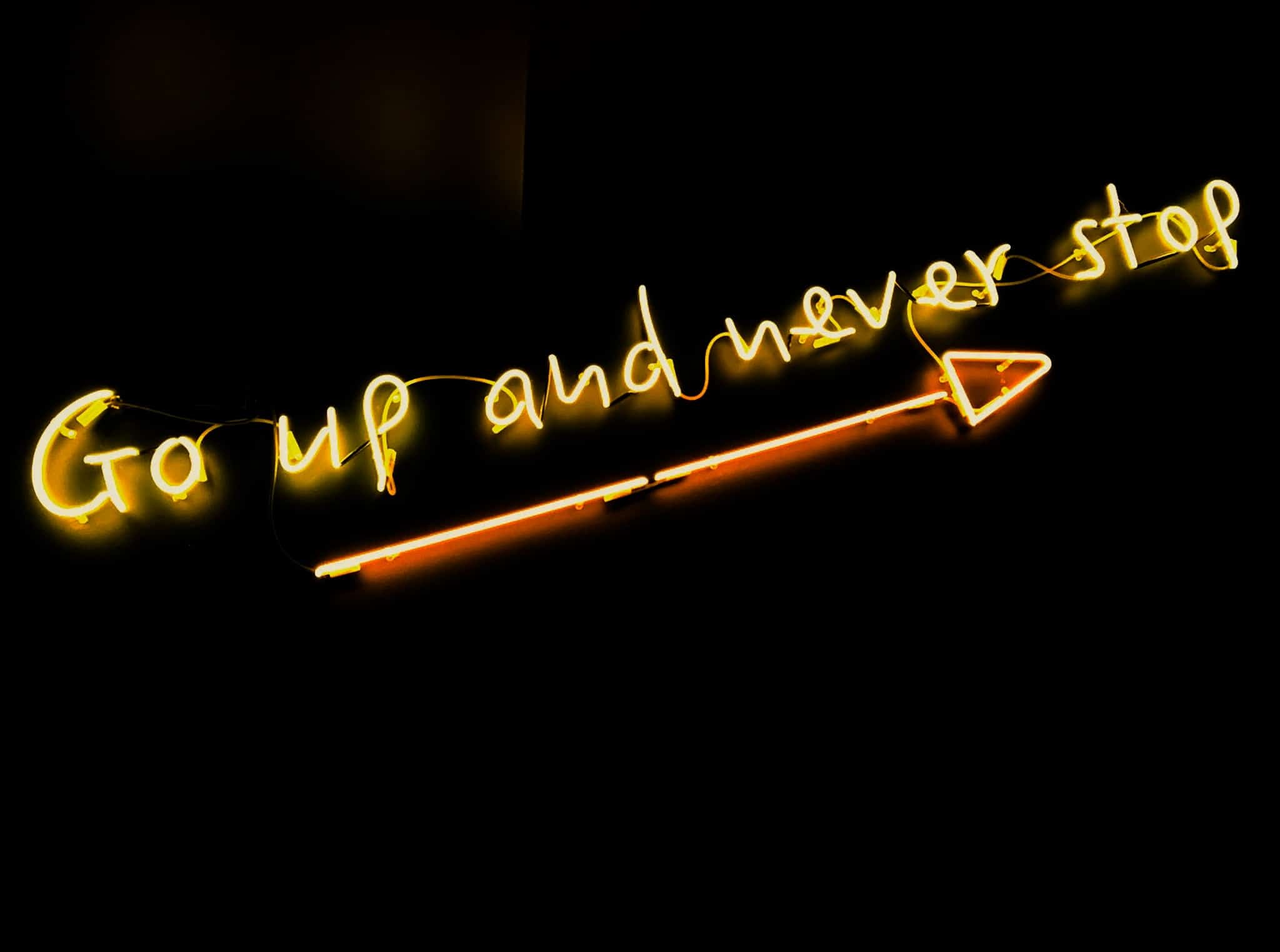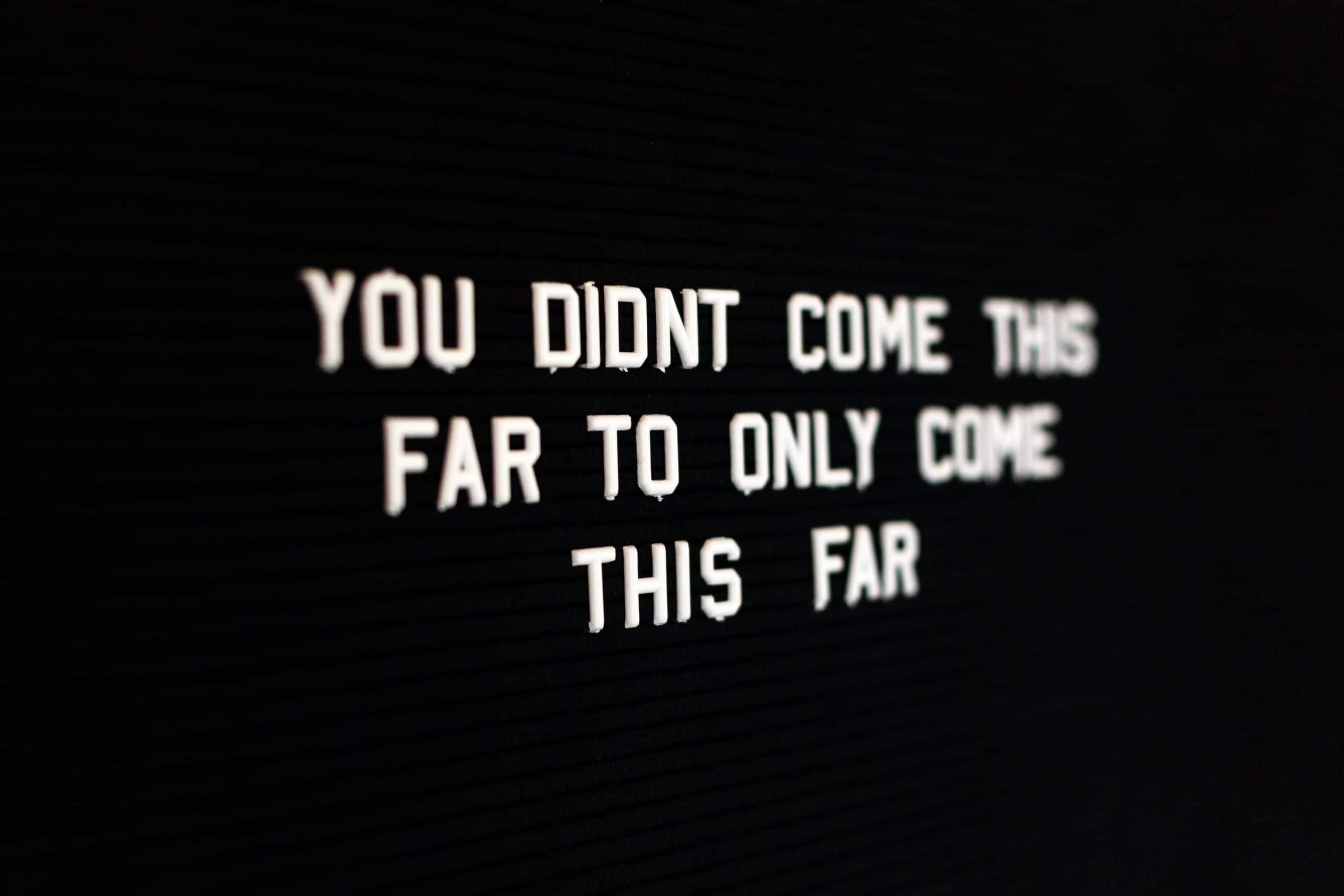Featured on our blog today is London-based photographer Eric Richmond, who talks to us about his project SeeingDouble. Read more below:





I’m a photographer based in Bethnal Green, East London. My speciality is photography for the performing arts. I don’t shoot performance itself – I work on the marketing side, so I shoot posters, brochures, CD covers and related editorial work, either studio-based or on location.
Like most photographers, I developed an interest when I was in school, as a hobby. I left university in New York City to assist first in an old-fashioned catalogue studio, then in a commercial darkroom. After a couple of years of this, feeling frustrated at the slow pace of my development, I managed to wangle a meeting with Richard Avedon. This was the turning point for me, and after two years of schooling at Art Center College of Design in Los Angeles, and three years of assisting in LA and NY, I moved to London. I’d thought that fashion photography was where I was headed, but frankly I wasn’t very good at it. Fortunately for me, Time Out saw some of my personal work which led to a two year stint with them, shooting two or three jobs a week, week in and week out.
This leads to the more important question, which is “How does one find one’s specialty?” It’s unfortunate, but most of us find out sooner or later that art directors and picture editors are prone to categorisation and pigeon-holing. It’s kind of Darwinian I guess; it streams you into focusing what you’re best at, and I found that I had good rapport with actors, singers, and dancers. The first jobs that really excited me were those that involved collaboration; which is to say, many of my clients have come to me without much of a brief, more a vague sense of what they wanted conveyed in an image. So I get to art direct a lot of my photography, and this would not be possible in the more structured world of advertising. So if asked what inspires me my answer would be all the creative, risk-taking people who come to me, looking for solutions. As my work spans the worlds of dance, theatre, music and circus you can imagine I get to work with some very imaginative and bright people.
My longest working relationship has been with The Orchestra of the Age of Enlightenment. Incredibly, it has lasted 20 years. We are in discussions about putting on an exhibition of my work for them in 2016 to celebrate their 30th birthday. I’m very fortunate to work with them, because unusually for the classical music world, their approach has always been on the zany side. It appeals to my “Let’s not take ourselves too seriously” view of things. We have taken an almost Lewis Carroll approach. The players are always too big, or too small or in the wrong place, even upside-down. In addition, this client attracts really gifted designers, so I get the benefit of having my work showcased in a very stylish fashion.
One of my works-in-progress is provisionally titled Women and Circus. Almost immediately upon moving to East London back in 1997, I was introduced to CircusSpace in Hoxton, and I have been collaborating ever since with an ever-increasing number of circus people. Circus has really developed into a sub-category of performance art, and most of the people I meet are women who on the whole don’t seem interested in the “Big Tent” or Cirque de Soleil size of operation, but in a more intimate personalised scale of performance. Circus skills in aid of self-expression, as it were. It’s visually exciting and lends itself to my style and way of doing things. Its well-represented on my website.
But, you might ask, “Why then are you showcasing work that doesn’t have any people in it?” My answer is two-fold: firstly, it’s kind of a holiday to work without expectation, or someone else’s demands. I’ve always admired photographers such as Irving Penn, or Albert Watson, who brought their skill and imagination to bear on whatever their subject was, be it frozen peas (see Penn’s frozen food series, utter genius) or say the contents of Tutankhamun’s tomb (Watson). Still-life or landscape photography pose such different questions to a photographer that for a people photographer it’s a wonderful challenge, especially to do it in a way that hasn’t been done before. So the second answer is that the series that I’m showing here is a project of mine called SeeingDouble, an examination of the city I’ve lived in for thirty years, shot in a way that reminds me to renew my way of seeing. It’s based on a happy accident while photographing the Great Pyramid. Mystical, innit?

